Tropical Storm Isaias left New Jersey beaches with a case of ‘sea lice’
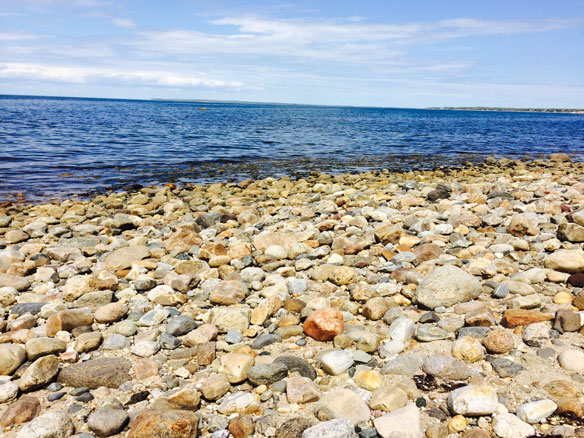
Jellyfish larvae commonly known as “sea lice” are invading south New Jersey beaches, all thanks to Tropical Storm Isaias.
Ambitious designs for underwater ‘space station’ and habitat unveiled
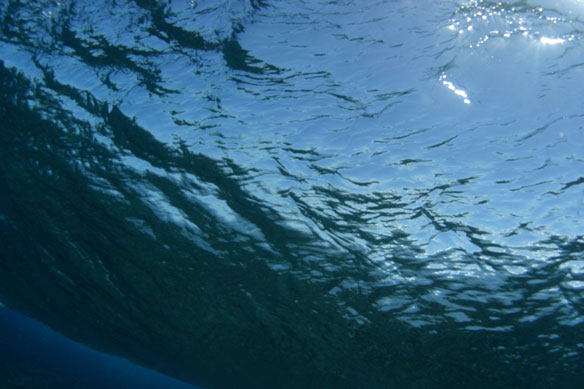
Sixty feet beneath the surface of the Caribbean Sea, aquanaut Fabien Cousteau and industrial designer Yves Béhar are envisioning the world’s largest underwater research station and habitat.
See Photos of the Most Crowded Island on Earth
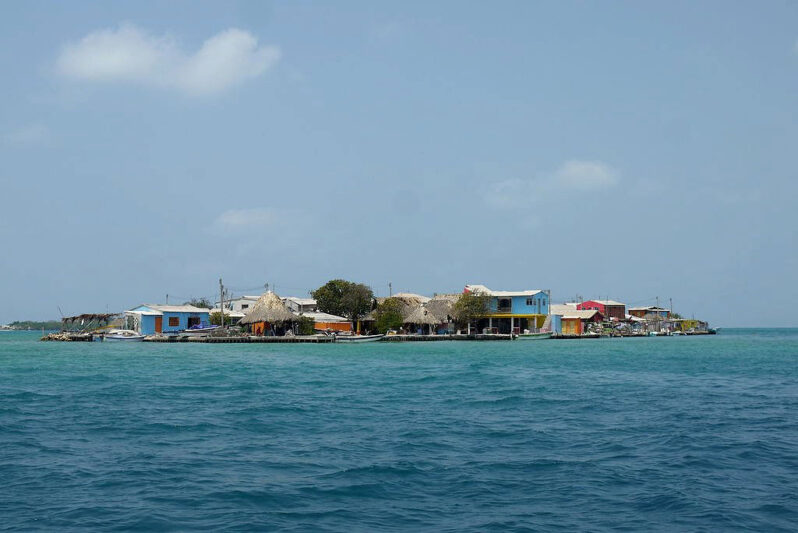
When photographer Charlie Cordero first learned of Santa Cruz Del Islote, a tiny, densely populated island a two-hour boat ride off the coast of Colombia from Cartagena, he was captivated.
Crowds removing sea creatures from San Pedro tide pools put delicate ecosystem at risk
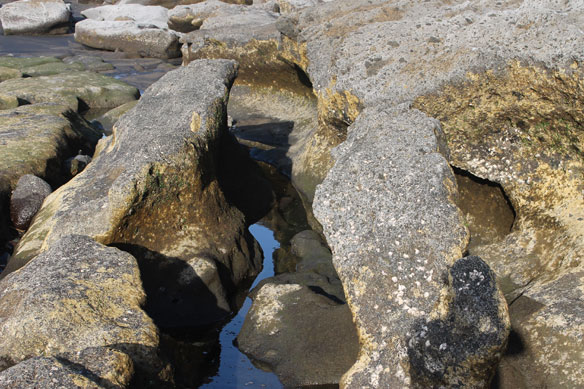
An unprecedented number of people have been harvesting edible sea creatures. In prior years, animal harvesting was far less common, and tidal pool etiquette held that creatures should not be disturbed.
Baiae: A Roman settlement at the bottom of the sea
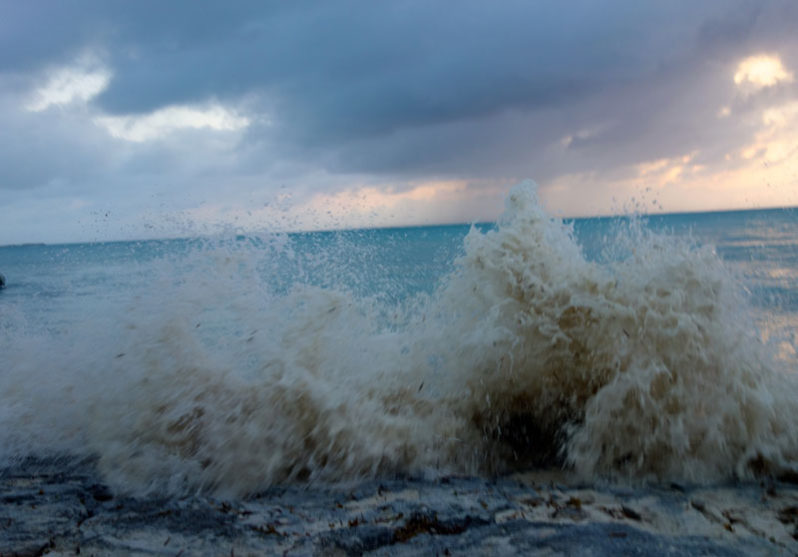
The Romans had few ways of knowing when an eruption or earthquake was coming. They were all but helpless when it came to protecting their town against the encroaching sea. But that’s no longer true. Today, a team of archaeologists and engineers are developing some surprising new technologies to protect the underwater site for future generations.
Concerns surround around beach safety following 8-year-old boy buried by sand
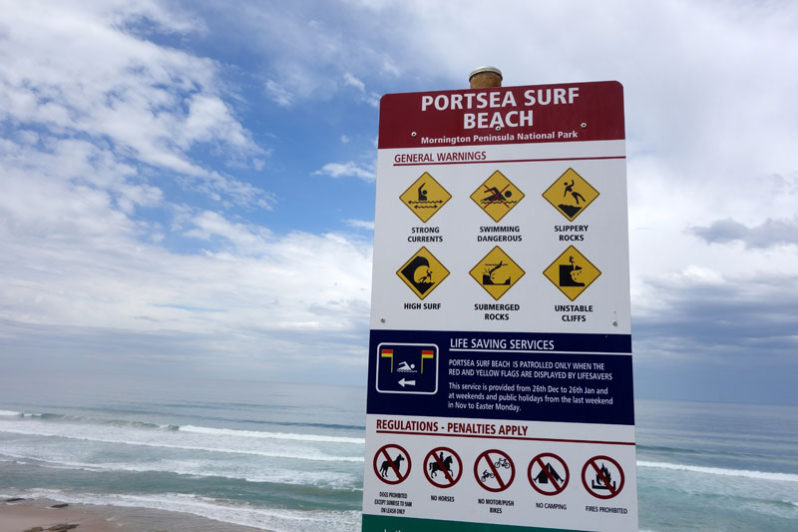
While many beach goers are aware of the dangers of the water, sand can be just as dangerous.
How to design continents for maximum tides
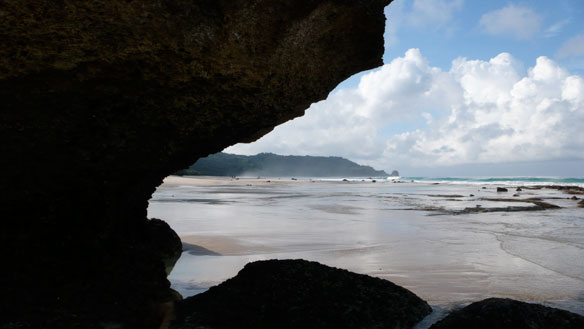
The shape and size of continents control the size of ocean tides on Earth-like planets, according to a new study that simulated the effects of random continental configurations on the energy of tides.
Climate change may cause extreme waves in Arctic
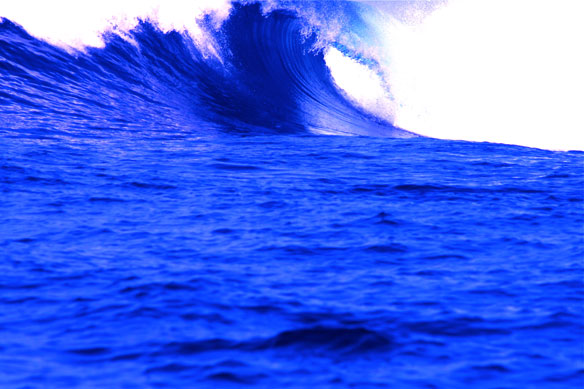
Extreme ocean surface waves with a devastating impact on coastal communities and infrastructure in the Arctic may become larger due to climate change, according to a new study.
Why the Mediterranean is a climate change hotspot
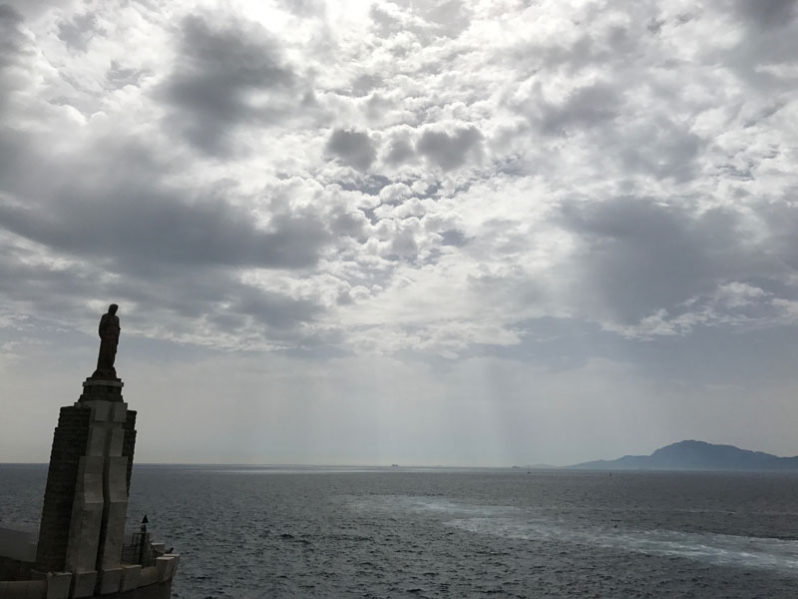
Although global climate models vary in many ways, they agree on this: The Mediterranean region will be significantly drier in coming decades, potentially seeing 40 percent less precipitation during the winter rainy season.
